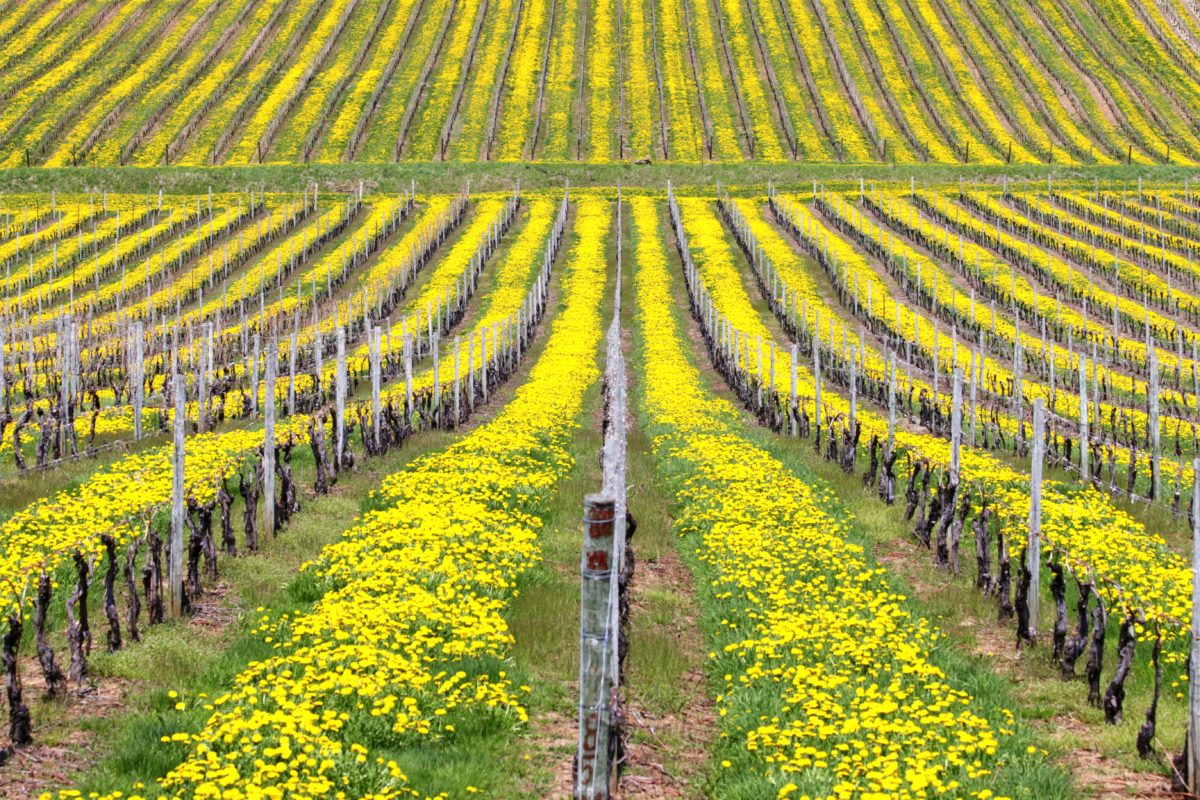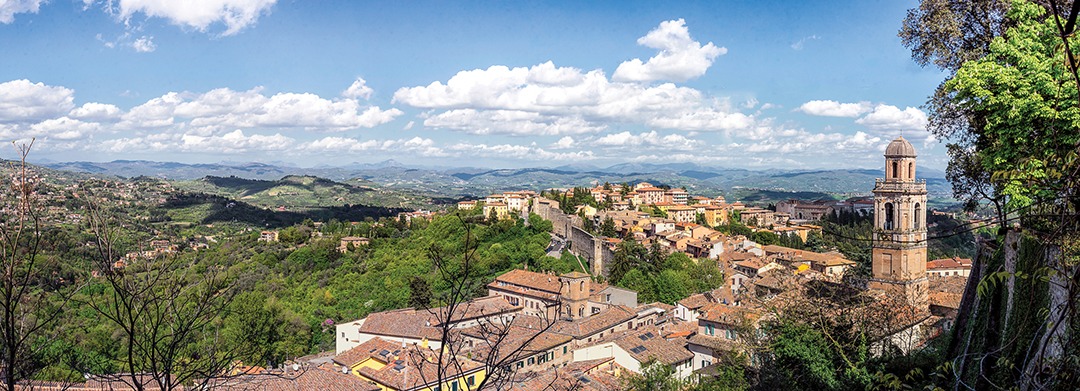
Grape Destinations: The Wines of Nova Scotia
This year my husband and I had the pleasure of traveling to the Northern Atlantic coast to visit the Canadian maritime province of Nova Scotia. One thing I was pleasantly surprised to discover was how Nova Scotia is a well-hidden wine country! Even though wine from this wind-swept area of the North American coastline was new to this traveler, it is not new to the region. Grape varietals have been growing in Nova Scotia for centuries thanks to all the European voyagers that stopped here along their travels. It wasn’t until the last 25 years or so that commercial production really started to pick up. And even though it is a relatively small operation compared to other countries, the wines from Nova Scotia are unique given the frigid growing temperatures and rugged terroir. Grapes that grow in this region are hardy and definitely unique in the viticulture world.
RELATED: 6 Highlights of Halifax
Fresh Seafood Needs Great Wine

Grape Vines of Nova Scotia | Photo: Samantha Rhodes
Because of the temperatures and growing conditions, Nova Scotia is well-known for it’s sparkling wine and it’s white wine. Red wine is also grown here, which to me resembled the pinot noirs of Washington State and Oregon. But I truly enjoyed the sparkling and whites better than the reds. Perhaps because the whites paired perfectly with the delicious seafood caught fresh daily off the coast.
One winery we visited on our tour is known specifically for its sparkling wine production. Benjamin Bridge, located in the Gaspereau Valley, is growing sparkling wine comparable to the Champagne region of France thanks to the similar growing conditions and the French Métheode Classique technique used by the vineyards winemakers. Owner Jean-Benoit Deslauriers and his team partnered with Peter Gamble (who has wines from California and is a pretty big label), and the late Raphaël Brisbois as advisors in the growing process.
It is a time-consuming, labor of love in making sparkling wines, and it pays off for Benjamin Bridge. The sparkling wines we tasted were superb, with the right amount of dryness and acidity to complement any occasion. I highly recommend visiting here if you find yourself in the area. It is definitely worth the stop and the people working there are extremely warm and friendly.

Authentic England in Nova Scotia | Photo: Samantha Rhodes
The other wineries we visited in the Annapolis Valley did not disappoint in the least. Domaine De Grand Pré offered it’s own variety of whites and reds, and there is also a restaurant, “Le Caveau,” on property that offers deliciously fresh Canadian fare to pare with their wines. Next stop was Luckett Vineyards, whose proprietor and founder, Pete Luckett, came late to the game of winemaking after a lucrative career in the grocery business. His energetic personality and love for fine foods let him to get into the wine business and he hasn’t looked back since starting this vineyard in 2010. Beside the wines being delicious, hosting acidic whites and low-tannin reds, the property houses a red British telephone booth brought from Luckett’s native England. And the best part is patrons can call ANYWHERE in the world for free. Of course I had to try it out, so I called my mom in Missouri, and sure enough, she answered!

Dinner at Lightfoot & Wolfville Vineyards | Photo: Samantha Rhodes
Finally, our wine tour ended with a fabulous meal at the Lightfoot and Wolfville Vineyard. With its “Napa Valley” feel, this winery offered something different we had not tasted at other places that day, which was a rosé. This style of wine is one of my favorites to enjoy during warm summer months by the beach or pool. They also offer a sparkling rosé, which I unfortunately did not get to try. But if it holds up to the one I enjoyed, I know it would be a show-stopper in its own right.
A Varietal Unique to Nova Scotia
One thing you may not realize with Nova Scotian wine is that winemakers have created the province’s own unique wine appellation called “Tidal Bay.” It was introduced to the market in June of 2012 and has a specific set of standards each vineyard must meet before it can be bare this label. The wine must be made from one specific white wine grape that is indigenous to Nova Scotia and no where else in the world. And it must be approved by a blind tasting panel before it can earn its “wine wings.” With all the trouble it goes into creating this wine, it was one of my absolute favorites because I loved the acidity and crispness it offered the palate. I felt it was just as delicious as some of my time-loved White Burgundies or New Zealand Sauvignon Blancs.
RELATED: Grape Destinations: From Burgundy to California; My Adventure with Wine
So if you find yourself looking for a beautifully rustic, yet pristine place to visit, I highly recommend Nova Scotia. And I hope you get the chance to visit some of the same wineries I had the pleasure to see. You will be in for a true adventure.
-Samantha Rhodes
Samantha Rhodes is a wife, mother, blogger, and a travel and health aficionado. Follow her on Twitter, Instagram and make sure to keep up with her personal blog.









